Growing Awareness and Education
The Advanced Wound Care Market benefits from heightened awareness and education regarding wound care management. Healthcare professionals are increasingly recognizing the importance of advanced wound care products in improving patient outcomes. Educational initiatives and training programs are being implemented to equip clinicians with the knowledge necessary to utilize these advanced solutions effectively. This growing awareness is expected to drive demand for advanced wound care products, as healthcare providers seek to enhance their treatment protocols. Furthermore, patient education regarding wound care is also on the rise, leading to better adherence to treatment regimens and ultimately contributing to the growth of the Advanced Wound Care Market.
Increase in Healthcare Expenditure
An upward trend in healthcare expenditure is significantly influencing the Advanced Wound Care Market. Governments and private sectors are investing more in healthcare infrastructure, which includes advanced wound care technologies. This increase in funding allows for the development and distribution of innovative wound care products, thereby enhancing treatment options available to patients. As healthcare systems strive to improve patient care and reduce hospital stays, the demand for advanced wound care solutions is expected to rise. The Advanced Wound Care Market is likely to benefit from this trend, with projections indicating a steady increase in market size as healthcare investments continue to grow.
Rising Incidence of Chronic Wounds
The Advanced Wound Care Market is experiencing a notable surge due to the increasing prevalence of chronic wounds, such as diabetic ulcers and pressure sores. It is estimated that chronic wounds affect millions of individuals worldwide, leading to a growing demand for advanced wound care solutions. The aging population, coupled with the rise in lifestyle-related diseases, contributes significantly to this trend. As healthcare providers seek effective treatments to manage these conditions, the Advanced Wound Care Market is poised for expansion. The market is projected to reach a valuation of approximately USD 20 billion by 2026, indicating a robust growth trajectory driven by the need for innovative wound care products.
Shift Towards Home Healthcare Solutions
The Advanced Wound Care Market is witnessing a shift towards home healthcare solutions, driven by the desire for patient-centered care. As more patients prefer receiving treatment in the comfort of their homes, there is a growing demand for advanced wound care products that facilitate at-home management. This trend is particularly evident among elderly patients and those with chronic conditions who require ongoing wound care. The development of user-friendly and effective wound care products is essential to meet this demand. Consequently, the Advanced Wound Care Market is likely to expand as manufacturers focus on creating solutions that cater to the needs of home healthcare.
Technological Innovations in Wound Care
Technological advancements play a pivotal role in shaping the Advanced Wound Care Market. Innovations such as bioengineered skin substitutes, advanced dressings, and negative pressure wound therapy are revolutionizing treatment methodologies. These technologies not only enhance healing rates but also improve patient outcomes, thereby driving market growth. The integration of smart technologies, including telemedicine and wearable devices, is further transforming wound management practices. As healthcare systems increasingly adopt these innovations, the Advanced Wound Care Market is likely to witness substantial growth, with a projected compound annual growth rate (CAGR) of over 6% in the coming years.


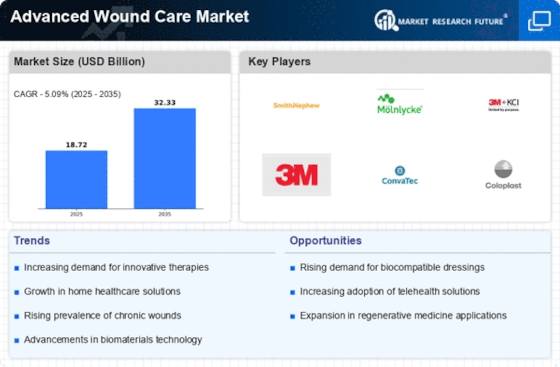
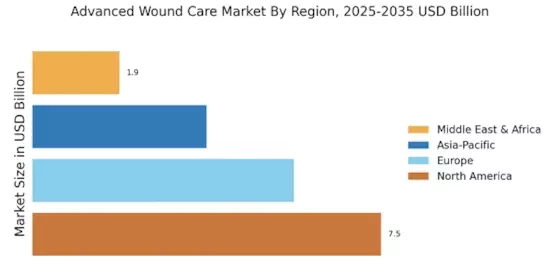

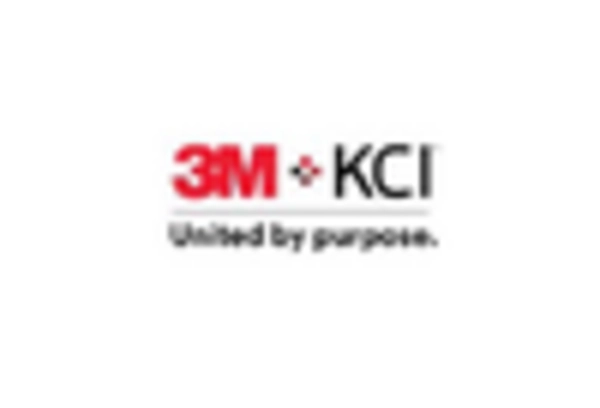
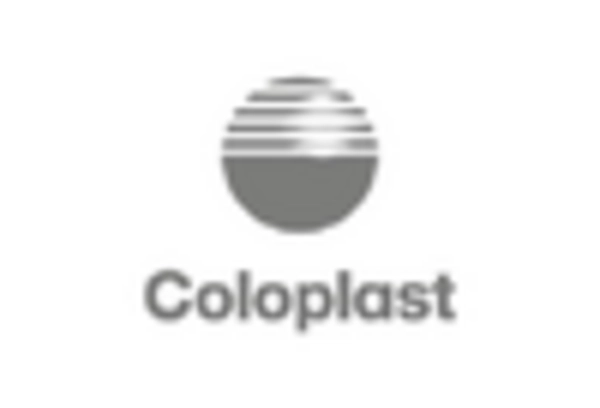
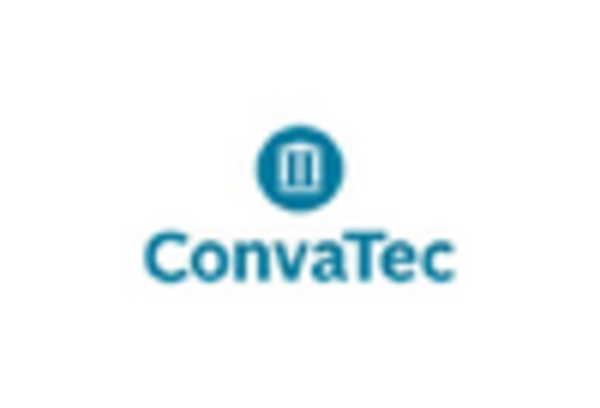
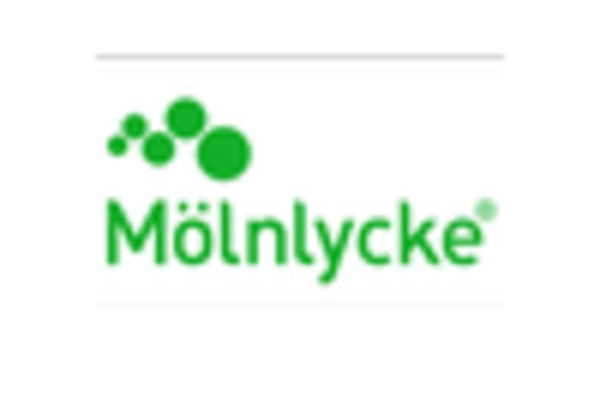
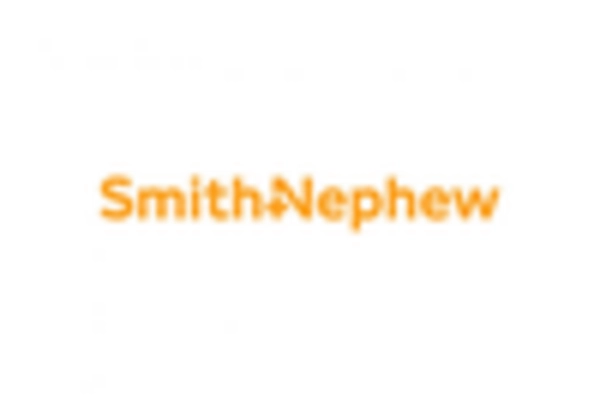








Leave a Comment